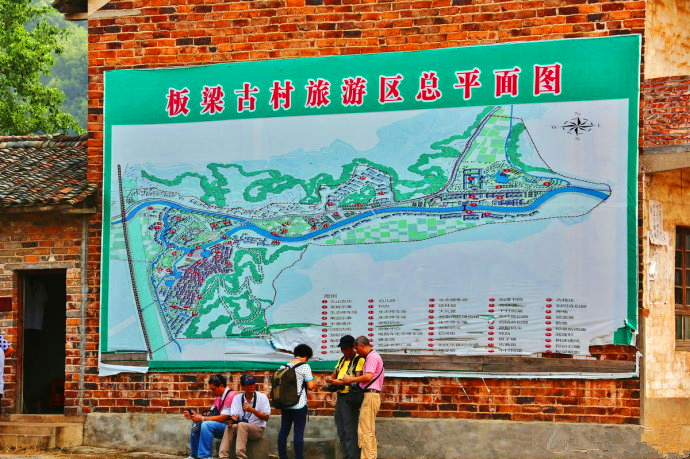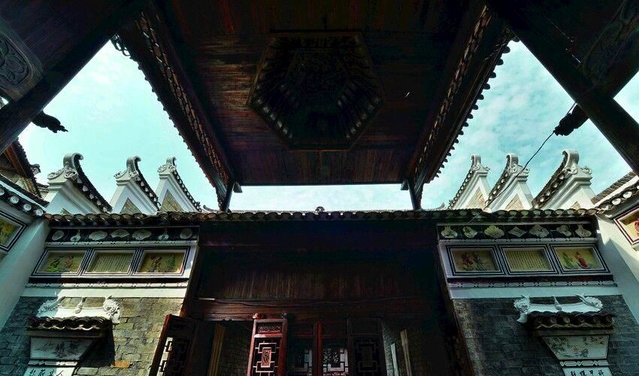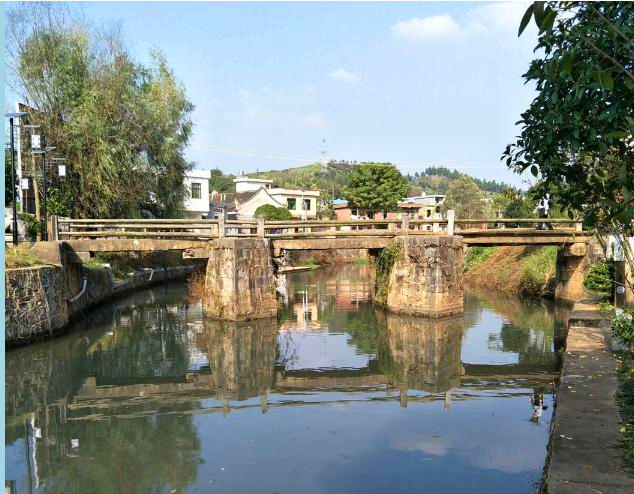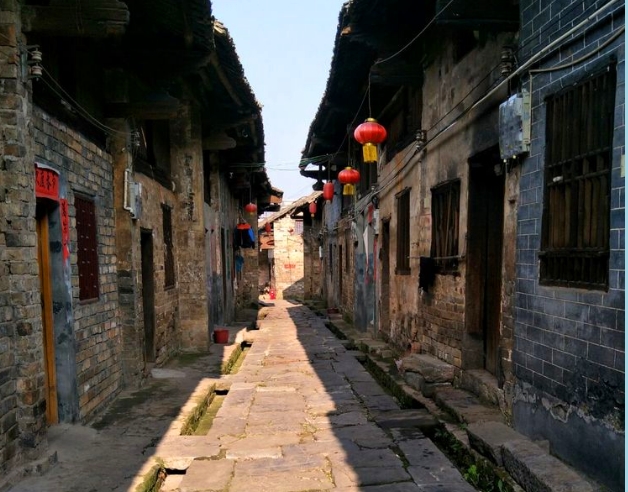Banliang Ancient Village

Banliang Ancient Village is a national AAAA scenic spot, located in Gaoting Township, Yongxing County, and adjacent to Matian Town, and is a well-preserved, large-scale, farming and reading community-based ancient residential village in southern Hunan. Founded in the late Song Dynasty and the early Yuan Dynasty, it flourished in the Ming and Qing Dynasties and has a history of more than 600 years. The Liu surname in Banliang Ancient Village can be traced back to Liu Che, Emperor Wudi of Han Dynasty, and has been inherited for nearly 30 generations since Song and Yuan Dynasties.
More than 360 intact Ming and Qing buildings are still preserved throughout the ancient village. Three ancient ancestral temples are arranged in front of the village, the ancient post road passes through the village and the stone road connects the streets and lanes. There are 10 sweet water ancient wells and springs gushing all the year round in Banliang. This ancient dwelling, which has survived thousands of calamities, has exquisite craftsmanship in stone carving and wood carving. It contains ancient patriarchal rituals, Confucian traditions, geomantic ideas, philosophical awareness, architectural skills, ecological principles and so on, which is known as the largest, most well-preserved, best geomantic omen, and the richest cultural heritage of "The First Village in Southern Hunan", the "Famous Historic and Cultural Village in China" and the "Famous Historic and Cultural Village in Hunan Province".

The general plan of Banliang Ancient Village Tourist Area

A well-preserved old house. On December 13, 2010, the State Administration of Cultural Heritage, the Ministry of Housing and Urban-Rural Construction solemnly held the fifth batch of ceremonial awarding ceremonies for famous Chinese historical and cultural towns and villages in Beijing. Banliang Village in Gaoting Township, Yongxing County was awarded the title of "Famous Historical and Cultural Village in China", which is the only honored unit in Chenzhou City.

Ancestral halls. Flower Drum Minor and Ancient Kun Opera in Southern Hunan Ring from the Village, "Skillful Dressing", "Spring Outing", "Ten Dozens" and "Beautiful Girls Appreciating the Moon". This is Banliang Village's "Zhou Li Ancient Banquet" which has been spreading all the time. The "Zhou Li Ancient Banquet" originated from the "Rite" of the "Three Rites" of the Zhou Dynasty is a comprehensive folk custom that must be followed in Yongxing countryside's red and white happy event.

The characteristic ancient well in Banliang Village. There are 10 ancient wells with sweet water in Banliang Village and spring gushes all the year round. The use of ancient wells continues the rule of hundreds of years ago. From the spring hole, the ancient well is divided into four compartments from top to bottom, which are used for drinking, washing vegetables, cleaning clothes and cleaning the body in turn. It was reported that the life expectancy of Banliang Village has reached more than 80 years.

Jiulong Bridge is the only way to enter and exit Banliang ancient village in ancient times, and also the entrance of today's tourism Banliang ancient village. In the Chenghua period of Ming Dynasty, the wooden bridge was built by Liu Yongchun. In the forty years of Kangxi in Qing Dynasty (1701), the bridge was renovated as a stone slab bridge with three holes and nine slabs, and the ship-shaped stone kerb was 23.8 meters long. It has been listed in the provincial cultural relics protection ancient bridge.

The ancestral temple (Run Gong Hall) was built in the late Yuan and early Ming Dynasty, covering an area of 1550 square meters of brick and wood structure. It consists of gate building, patio, vestibule, backyard, Ming Tang and shining wall and the whole building is grand and magnificent. For hundreds of years, the hall has never had a strange phenomenon of spider webs. There are moon ponds with different sizes in the whole ancestral temples in Banliang Ancient Village, which is the geomantic omen of the ancient village.

The ancient business streets
Liu Shaosu Hall is the classic of Banliang Ancient Village, which embodies the highest level of ancient architecture, masonry, woodworking, masonry, oil, stone carving, wood carving, oil painting and so on.




